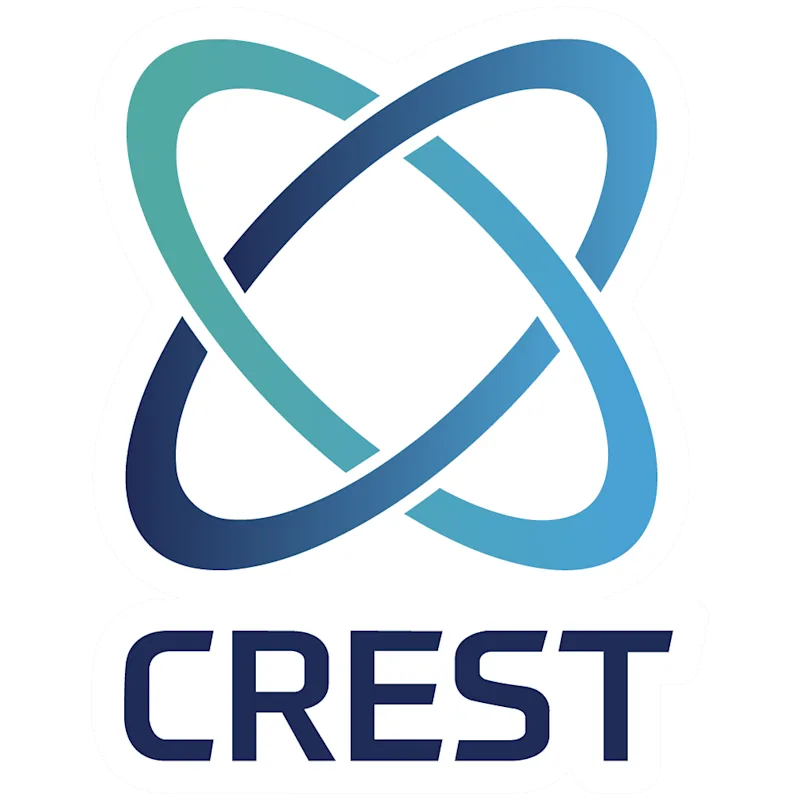Services Cloud Penetration Testing
Every mis‑scoped IAM policy or forgotten S3 bucket is an open door that attackers love. Packetlabs, North America’s CREST‑accredited cloud penetration testing company, guides you to slam those doors shut across AWS, Azure, and GCP. Our 95 % manual approach uncovers chained misconfigurations, privilege escalation paths, and container weaknesses that automated scanners leave behind.
Your three‑step path to cloud confidence:
Map and discover: Enumerate external exposures and internal trust relationships across hybrid and multi‑cloud estates.
Exploit like a real adversary: Through penetration testing, abuse IAM flaws, pivot between services, and weaponize misconfigured serverless functions until we reach crown‑jewel data.
Fix fast: Receive a prioritized remediation roadmap that aligns with SOC 2, ISO 27001, and PCI‑DSS, satisfying auditors and cyber insurers in one go.
Secure your cloud before misconfigurations become headline breaches.
Contact Us
Your three‑step path to cloud confidence:
Map and discover: Enumerate external exposures and internal trust relationships across hybrid and multi‑cloud estates.
Exploit like a real adversary: Through penetration testing, abuse IAM flaws, pivot between services, and weaponize misconfigured serverless functions until we reach crown‑jewel data.
Fix fast: Receive a prioritized remediation roadmap that aligns with SOC 2, ISO 27001, and PCI‑DSS, satisfying auditors and cyber insurers in one go.
Secure your cloud before misconfigurations become headline breaches.
Service Highlights
Assumed Breach Testing
Penetration testing against insider threats and compromised accounts by emulating the actions of malicious actors to expose hidden risks within your cloud environment. By discovering misconfigured resources and overprivileged roles, Packetlabs uncovers pathways that could allow attackers to escalate privileges or move laterally across your systems, allowing you to understand the potential impact of an internal compromise, enabling you to strengthen access controls, mitigate vulnerabilities, and safeguard critical assets.

The Packetlabs Commitment

CREST-Accredited Expertise
Your leadership team can’t afford guesswork—they need rock‑solid proof the people testing your defenses meet the world’s highest bar. That’s why Packetlabs earned CREST accreditation, cybersecurity’s gold‑standard seal awarded only after rigorous, hands‑on exams and ongoing audits by the Council of Registered Security Testers.

Beyond Automated Testing
While automated scanners scrape the surface, Packetlabs’ expert-led penetration tests probe the logic, business workflows, and chained exploits that scanners routinely overlook. Leveraging manual exploitation techniques, threat-intel-driven scenarios, and creative lateral thinking, our team exposes high-impact vulnerabilities competitors miss and translates them into clear, fix-ready guidance. The result is a much higher assurance level than conventional "smash-and-grab" pentests that help you sleep better at night.

In-Depth Methodologies
Our Penetration Testing methodology is derived from the SANS Pentest Methodology, the MITRE ATT&CK framework for enterprises, and NIST SP800-115 to ensure compliance with the majority of regulatory requirements. This methodology is comprehensive and has been broken up based on which areas can be tested with automation and those which require extensive manual testing.

Defence in Depth
For over 12 years, Packetlabs has guided security leaders across North America to victory against real-world breaches. Acting like the adversary, our experts go beyond the initial target pivoting through every in-scope system to stress-test your detection layers so you can see exactly how your “defense in depth” holds up. The result: not a single client has ever been compromised by a vulnerability we missed, giving you board-ready proof that your organization is well defended.
Why Invest in Cloud Penetration Testing?
Proactive Offensive Security
81% of organizations are using at least one private or public cloud, with over 70% of those reporting a lack of confidence in their cloud security. Mitigate risks before they become headlines with Cloud Penetration Testing.
In-Depth External Cloud Penetration Testing
Packetlabs will begin without any credentials or keys for the cloud environment, with the objective at this stage to perform discovery on the organization’s external perimeter, uncover vulnerabilities, and conduct active exploitation to gain access to the cloud environment.
Expansive Internal Cloud Penetration Testing
This assessment is more thorough than its external counterpart and seeks to uncover exploitable impacts within an organization’s cloud infrastructure. Packetlabs will simulate impacts to a server, web application, external asset, or employee who falls victim to unauthorized access.
Mitigate Common Security Threats
Mitigate common security threats such as misconfigurations, data breaches, ransomware, insider threats, weak credentials, supply chain compromises, and other cloud-related concerns.
Resources

Cloud Penetration Testing Sample Report
Uncover vulnerabilities within your AWS, Azure, and Google cloud environments that can undermine your security posture with a comprehensive Cloud Penetration Test.
Download Sample Report









